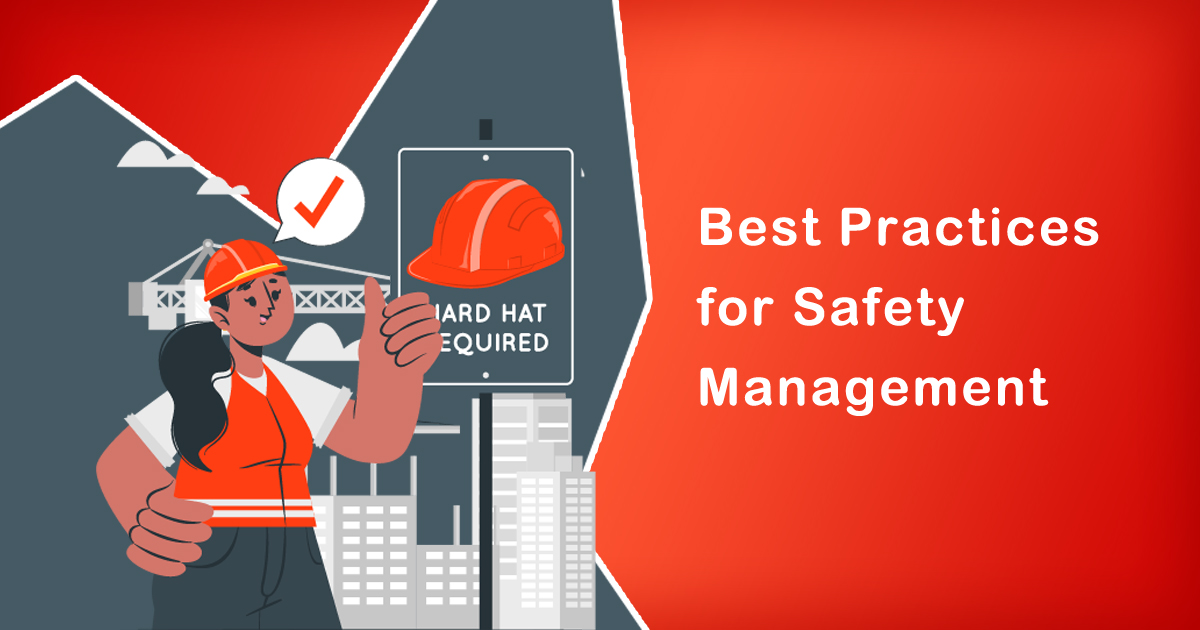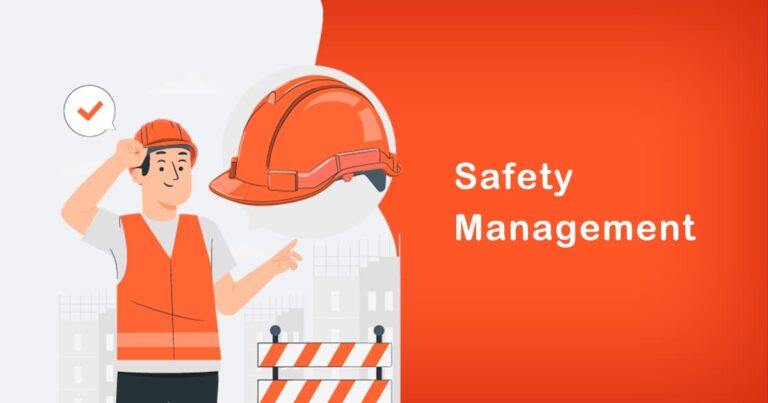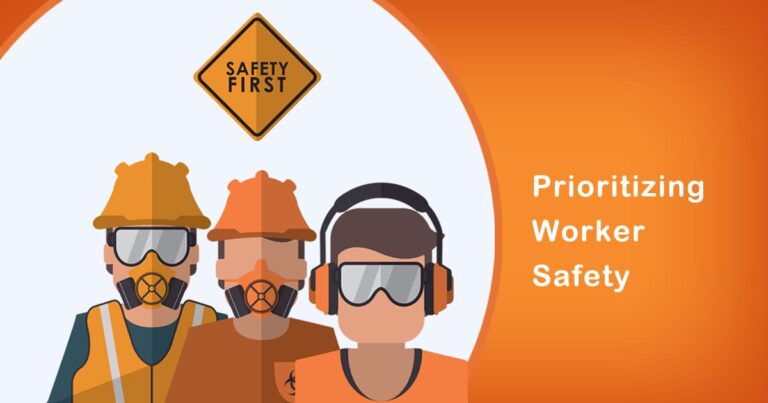Introduction:
Safety management is an essential aspect of any organization or society, and it has become even more critical in today’s world. In India, safety management practices have been gaining attention due to the increasing number of accidents and fatalities. According to the National Crime Records Bureau (NCRB), over 150,000 people died in road accidents alone in 2019. Therefore, it is vital to establish and implement effective safety management practices in India to prevent accidents and ensure a safe working environment for all.
In this blog, we will discuss the best practices for safety management in India, with relevant research and facts.
1. Establish a Safety Culture:
A safety culture is essential in ensuring that everyone in an organization is aware of the importance of safety and actively works towards maintaining it. It involves creating a sense of responsibility and accountability among employees, promoting safety awareness through training programs and regular communication, and providing necessary resources to maintain safety standards.
According to a survey by the International Social Security Association, only 44% of Indian workers have received safety training, highlighting the need for organizations to focus on creating a safety culture. By establishing a safety culture, organizations can prevent accidents and ensure a safer working environment.
2. Conduct Risk Assessments:
A risk assessment is an essential part of safety management. It involves identifying potential hazards, evaluating the likelihood of an incident occurring, and determining the severity of the consequences. By conducting risk assessments, organizations can identify potential hazards and take appropriate measures to prevent accidents.
In India, the Occupational Safety and Health (OSH) Code mandates organizations to conduct risk assessments and implement measures to mitigate risks. By complying with this regulation, organizations can ensure a safer working environment for their employees.
3. Implement Safety Policies and Procedures:
Safety policies and procedures are essential in ensuring that employees understand their responsibilities and know what actions to take in case of an emergency. Organizations should develop safety policies and procedures that are specific to their operations and ensure that employees are trained on them.
According to a survey by the Confederation of Indian Industry (CII), only 35% of Indian companies have implemented safety policies and procedures. By implementing safety policies and procedures, organizations can ensure that everyone understands their roles and responsibilities and prevent accidents.
4. Invest in Safety Equipment:
Investing in safety equipment is essential in preventing accidents and ensuring a safer working environment. Organizations should provide employees with appropriate safety equipment such as personal protective equipment (PPE), safety harnesses, and safety barriers, depending on the nature of their work.
In India, many industries, such as construction and manufacturing, have a high risk of accidents. According to the Ministry of Labour and Employment, over 1,000 construction workers die due to accidents every year. By providing safety equipment, organizations can prevent accidents and ensure the safety of their employees.
5. Ensure Compliance with Regulations:
Compliance with safety regulations is essential in ensuring a safe working environment. Organizations must comply with safety regulations set by the government, such as the OSH Code and the Factories Act.
In India, the Directorate General of Mines Safety (DGMS) regulates safety in mines, and the Petroleum and Explosives Safety Organization (PESO) regulates safety in the petroleum and explosive industries. By complying with these regulations, organizations can ensure that they meet the safety standards and prevent accidents.
Conclusion:
In conclusion, safety management is essential in ensuring a safe working environment for all. Establishing a safety culture, conducting risk assessments, implementing safety policies and procedures, investing in safety equipment, and ensuring compliance with regulations are some of the best practices for safety management in India. By implementing these practices, organizations can prevent accidents and ensure the safety of their employees.








